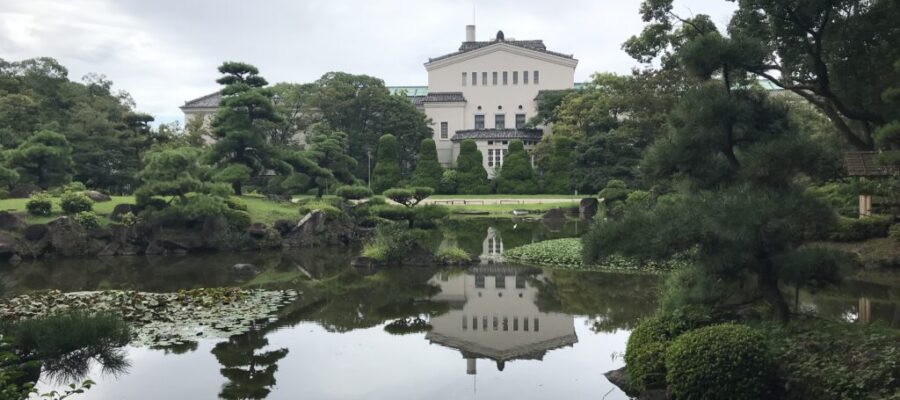元は住友家の庭園
大阪市立美術館の特別展を見に行った際に、隣接する慶沢園を訪問してきました。美術館のホームページによると、この一帯は天王寺公園の中にありますが、元々は住友家の本邸があった場所で、美術館の建設を目的に庭園(慶沢園)とともに大阪市に寄贈されそうです。
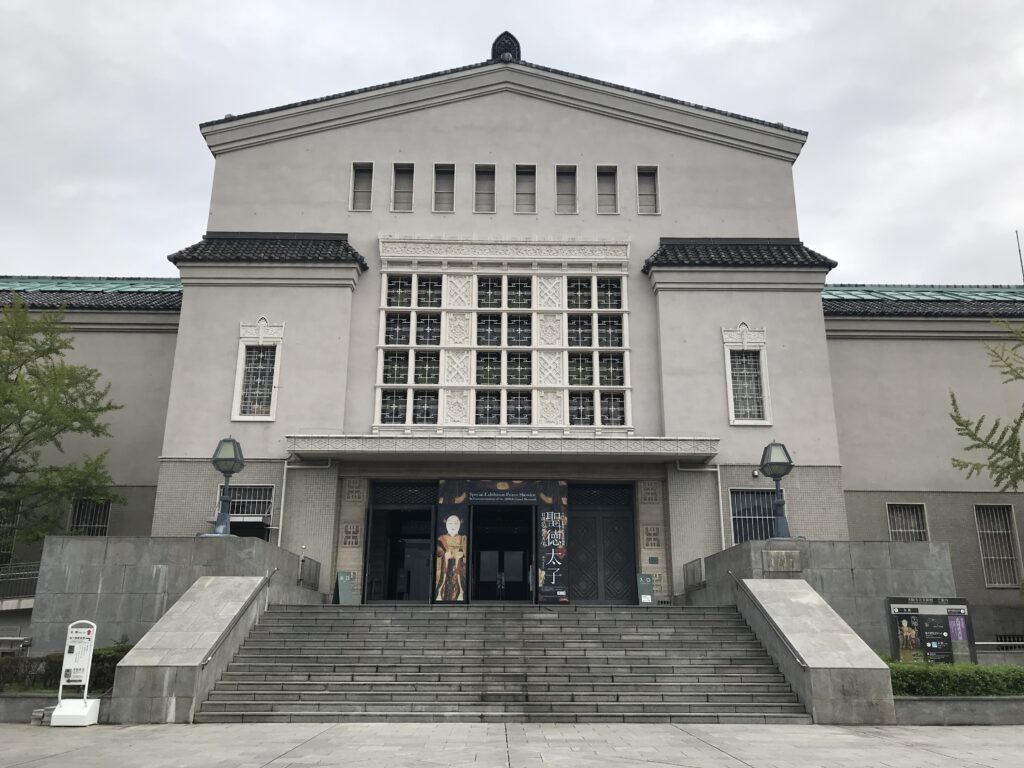
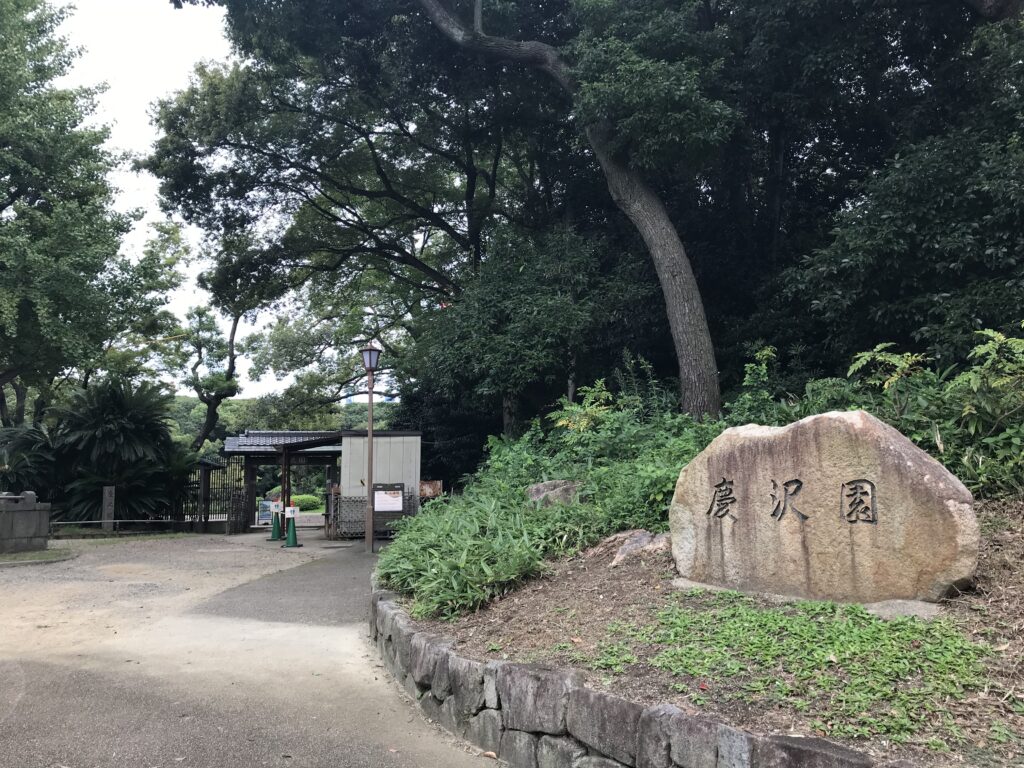
入場料が150円なので、お気軽に入れるはずなのですが、当日は私以外に恒例のご夫婦と思しきカップルだけが庭園を散策していました。門から入ると、目の前に池が広がっています。いわゆる池泉回遊式の庭園です。曇り空だったのが残念ですが、反時計周りに回遊してみました。
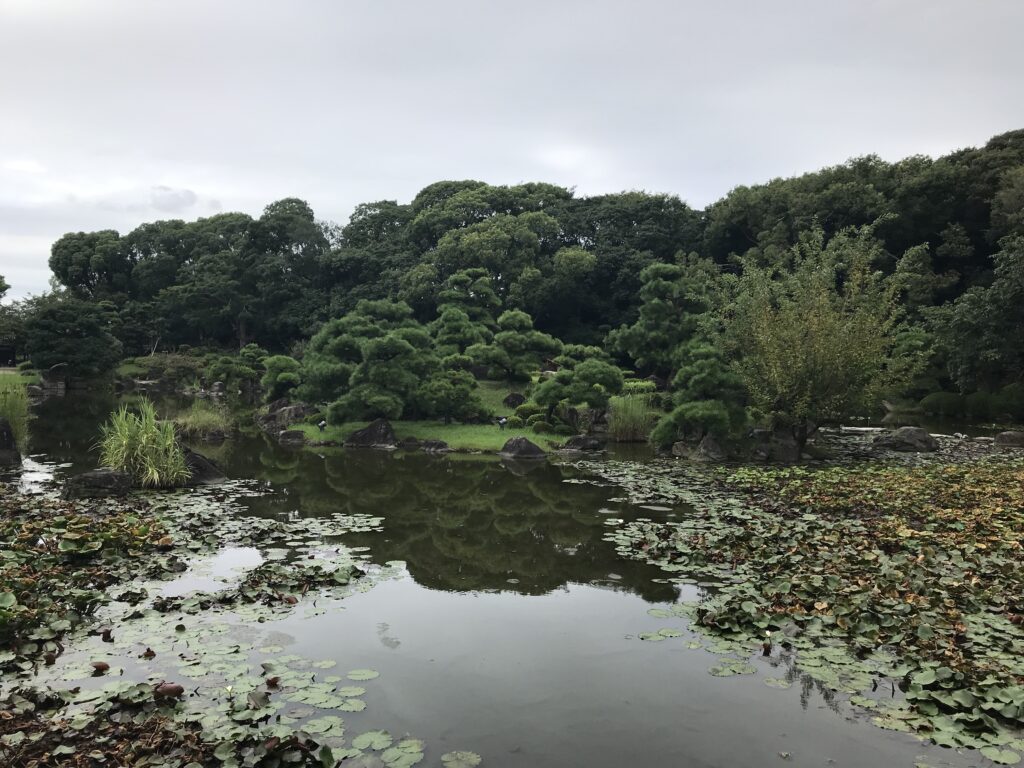
歩くだけでも楽しめます
あずまや(休憩所)から池を見ると、水面にたくさんの水草が浮いています。9月なので花は全く咲いていませんでした。八つ橋のような形をした切石橋を渡ったり、池の中の飛石を伝って歩いてみました。
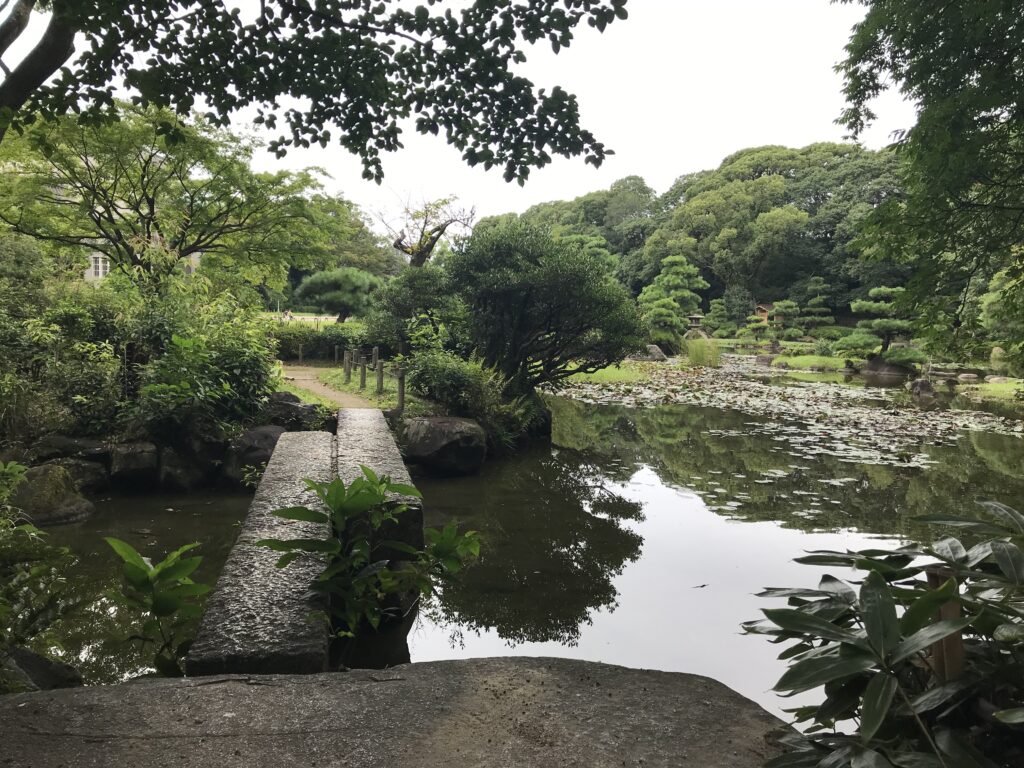
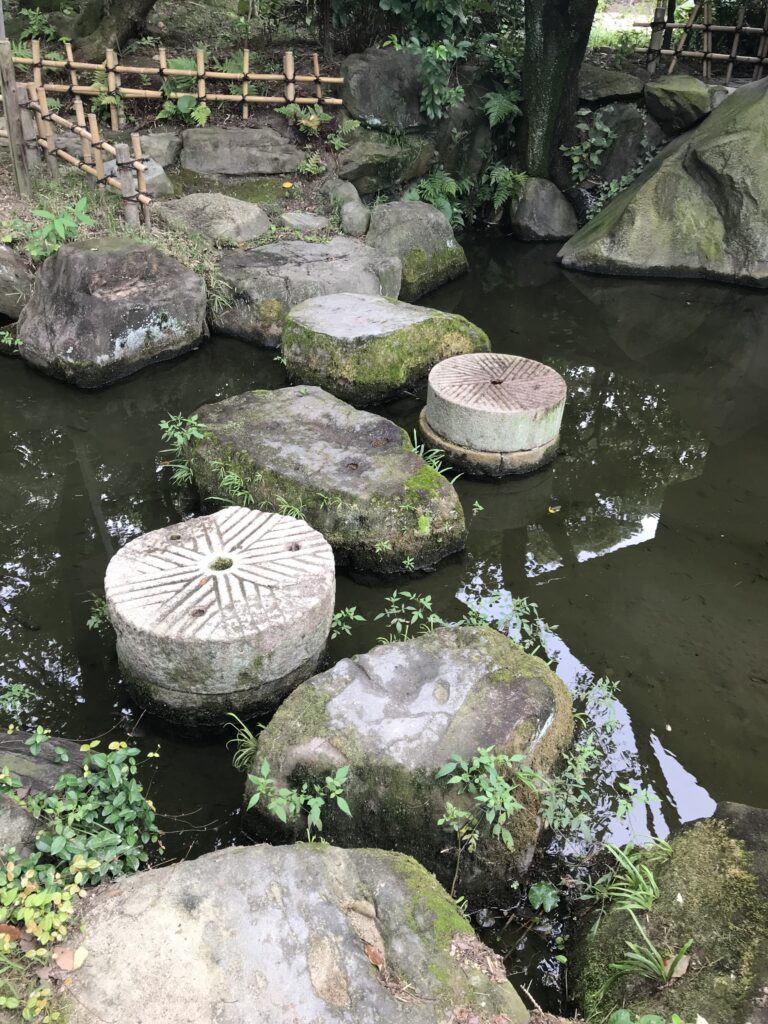
どこか京都の平安神宮の神苑の雰囲気がただよっているなと思ったら、作庭家は第7代の小川治兵衛さんでした。大阪の庭も作っていたのだと感心しましたし、お金持ちは一流の作庭家を京都から呼んでくるのだなとも思いました。池の周りを半分回ると、正面に美術館の裏側が見えます。水面にもきれいに映っています。
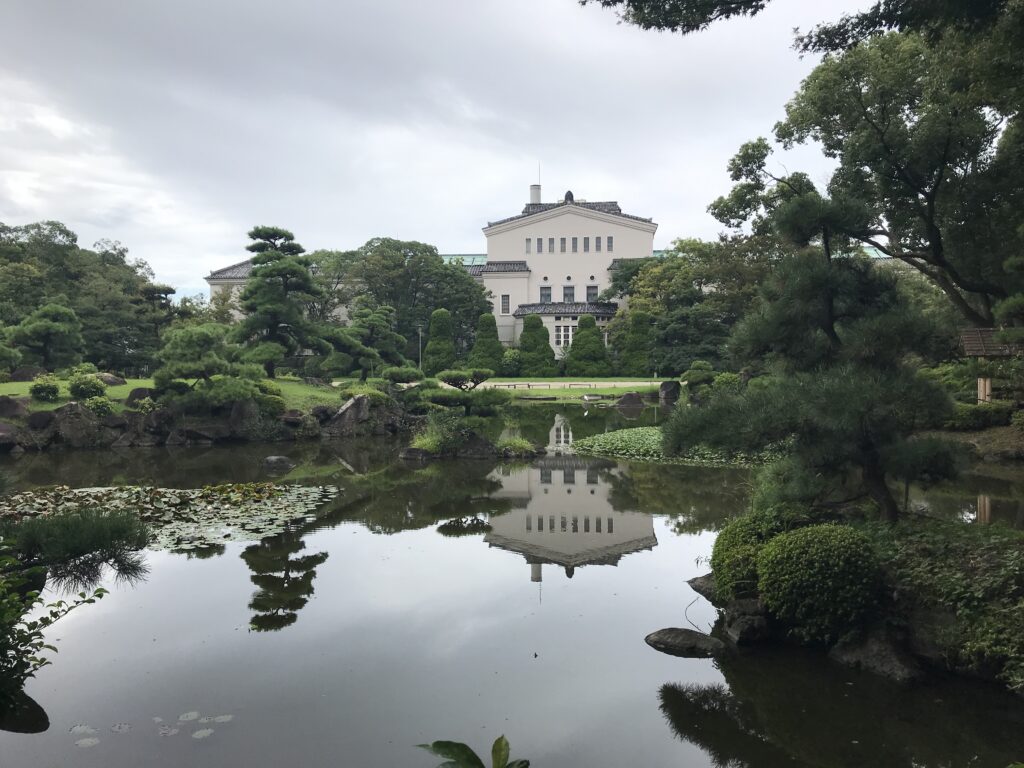
借景に高くて大きいあべのハルカス
一周して池を振りかえると、右側に現在、日本で一番高いビル、あべのハルカスが見えます。ハルカスが借景になるとは治兵衛さんは想定していなかったでしょうが、なかなかに絵になる構図です。天王寺で一休みするのにいい場所を見つけました。(完)
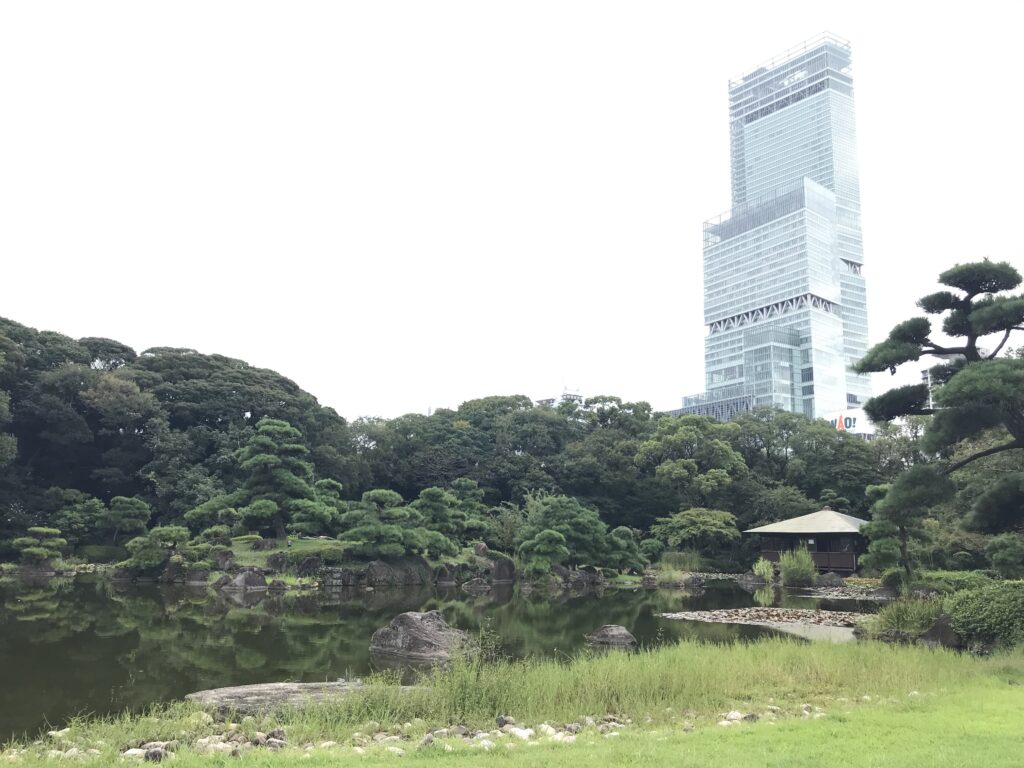
大阪を知るための書籍
慶沢園を紹介した書籍を見つけることは難しいので、今回は大阪について知識を深めるために「大阪の教科書」をご紹介します。ご当地検定の教科書ですので、基本的な知識は身に着くと思います。
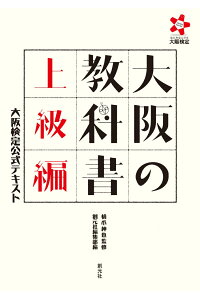
大阪の教科書 上級編 大阪検定公式テキスト [ 橋爪 紳也 ]
価格:2,090円
(2021/9/4 14:02時点)
感想(1件)
Keitakuen Garden (Osaka)
Formerly the garden of the Sumitomo family
While visiting a special exhibition at the Osaka Municipal Museum of Art, I visited the adjacent Keitakuen Garden. According to the museum’s website, this area, which is located in Tennoji Park, was originally the main residence of the Sumitomo family, and was apparently donated to Osaka City, along with the garden (Keitakuen), for the purpose of constructing the museum.
The admission fee is 150 yen, so you should feel free to enter, but on that day, besides myself, only a couple, who seemed to be a regular couple, were strolling through the garden. Entering through the gate, a pond spreads out in front of me. It is what is called a pond garden. Unfortunately, it was cloudy, but I walked around the garden counterclockwise.
You can enjoy just walking around.
Looking at the pond from the Azumaya (rest area), I saw many water plants floating on the surface of the water; since it was September, there were no flowers at all. I crossed a kiriishibashi (cut stone) bridge shaped like a yatsuhashi ( literally, eight bridges), and walked along the stepping stones in the pond.
I thought it had the atmosphere of the Shinto garden at Heian Shrine in Kyoto, and the garden was designed by Jihei Ogawa, the 7th generation garden designer. I was impressed that he had also created the garden in Osaka, and I also thought that rich people bring in first-rate gardeners from Kyoto. Halfway around the pond, I could see the back side of the museum in front. The reflection on the surface of the water was also beautiful.
Abeno Harukas, tall and large, in the borrowed landscape
When I circled around and looked back at the pond, I could see Abeno Harukas building, the tallest building in Japan at present, on the right side. Jihei probably did not expect Harukas to be used as a borrowed landscape, but the composition was quite picturesque. I found a nice place to take a break in Tennoji. (End)
Jardin Keitakuen (Osaka)
Anciennement le jardin de la famille Sumitomo.
En visitant une exposition spéciale au musée municipal d’art d’Osaka, j’ai visité le jardin Keitakuen adjacent. Selon le site Web du musée, cette zone, qui se trouve dans le parc Tennoji, était à l’origine la résidence principale de la famille Sumitomo et a apparemment été donnée à la ville d’Osaka, avec le jardin (Keitakuen), dans le but de construire le musée.
Le prix d’entrée est de 150 yens, vous devriez donc vous sentir libre d’entrer, mais ce jour-là, à part moi, seul un couple, qui semblait être un couple ordinaire, se promenait dans le jardin. En franchissant la porte, un étang s’étend devant moi. C’est ce qu’on appelle un jardin d’étang. Malheureusement, le temps était nuageux, mais j’ai fait le tour du jardin dans le sens inverse des aiguilles d’une montre.
Vous pouvez vous promener en toute tranquillité.
En regardant l’étang depuis l’Azumaya (aire de repos), j’ai vu de nombreuses plantes aquatiques flottant à la surface de l’eau ; comme nous étions en septembre, il n’y avait pas de fleurs du tout. J’ai traversé un pont kiriishibashi (pierre taillée) en forme de yatsuhashi (littéralement, huit ponts), et j’ai marché le long des tremplins dans l’étang.
J’ai trouvé qu’il avait l’atmosphère du jardin shintoïste du sanctuaire Heian à Kyoto, et le jardin a été conçu par Jihei Ogawa, la 7e génération de concepteurs de jardins. J’ai été impressionné par le fait qu’il avait également créé le jardin d’Osaka, et j’ai également pensé que les gens riches faisaient venir de Kyoto des jardiniers de premier ordre. À mi-chemin du bassin, j’ai pu voir l’arrière du musée à l’avant. Le reflet sur la surface de l’eau était également magnifique.
Abeno Harukas, grand et large, dans le paysage emprunté
Lorsque j’ai fait le tour et que j’ai regardé l’étang, j’ai pu voir le bâtiment Abeno Harukas, le plus haut bâtiment du Japon à l’heure actuelle, sur le côté droit. Jihei ne s’attendait probablement pas à ce que le Harukas soit utilisé comme paysage d’emprunt, mais la composition était assez pittoresque. J’ai trouvé un endroit agréable pour faire une pause à Tennoji. (Fin)
